One of the great myths in the US is that public education should be expensive. In most Western European countries tuition at public universities is free or close to it. Austerity measures are starting to erode this public right but the very notion of free public education for college and graduate school is almost non-existent in the US. Instead students can expect to be saddled with debts in the range of $20,000-80,000, and some cases more.
This was not always the case. The Reagan years (1980-on) began the era of hyper-privatization in the US. One of the many casualties was the University of California system which in the 1970s was one of the model systems for higher education in the world with tuition rates at around $700 per year. Since then tuition has gone through the roof. This has everything to do with class war. America is far from broke.
Rather it is the richest nation in the world. Money that should go to public universities and other public programs has been siphoned off to tax breaks for wealthy individuals and corporations, the military-industrial-complex, and other privatization schemes. The result for public education: higher costs and a lower overall quality of education.
Here are two outstanding graphics on the student debt crisis. One by Hope Asya-Broughton – a Chicago-based artist/activist and student at Columbia College.
And one by Jacob Flom – a Milwaukee-based artist/activist and recent graduate at the University of Wisconsin-Milwaukee.
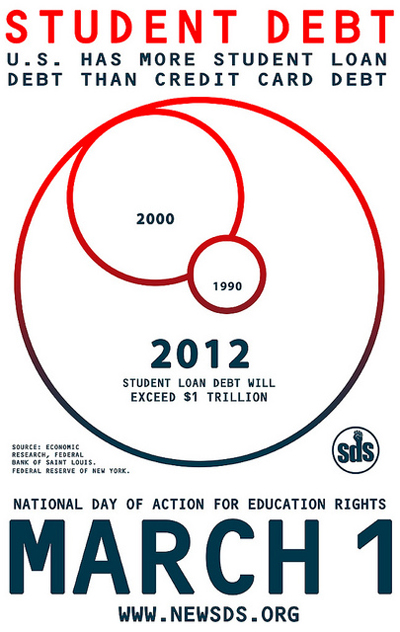
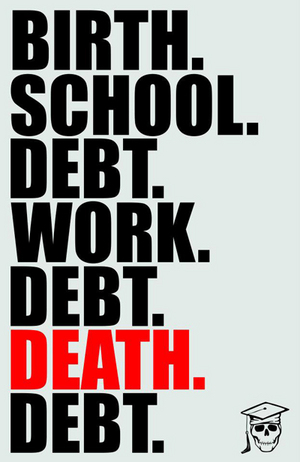
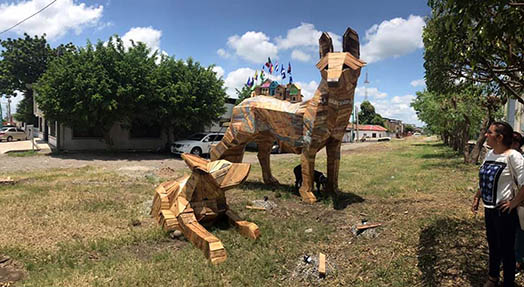
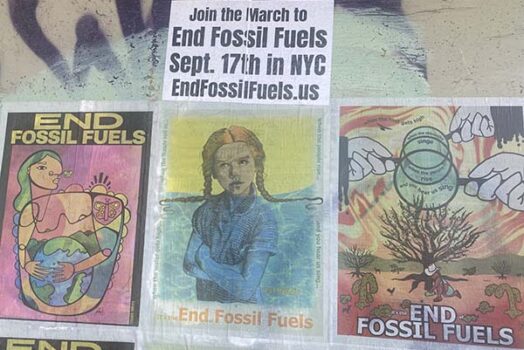
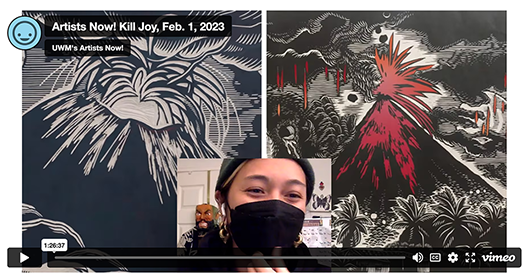

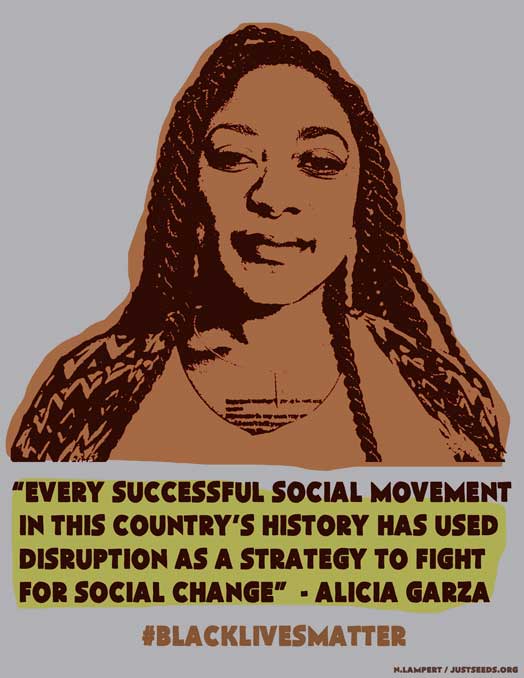
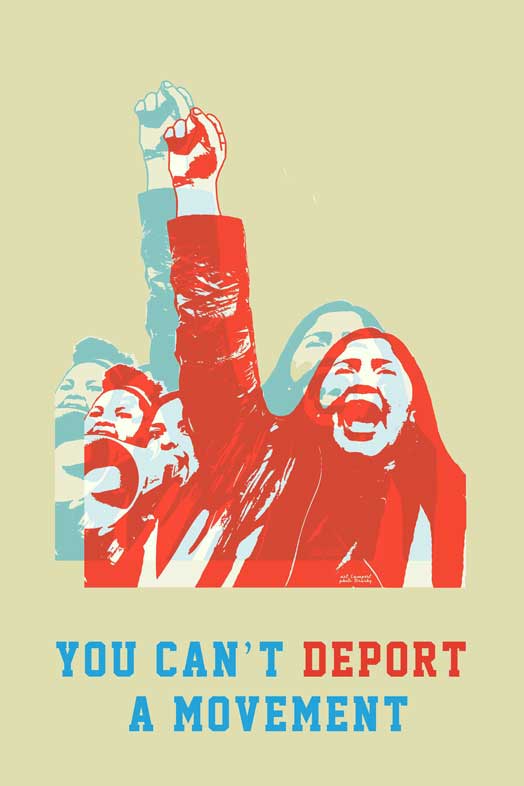
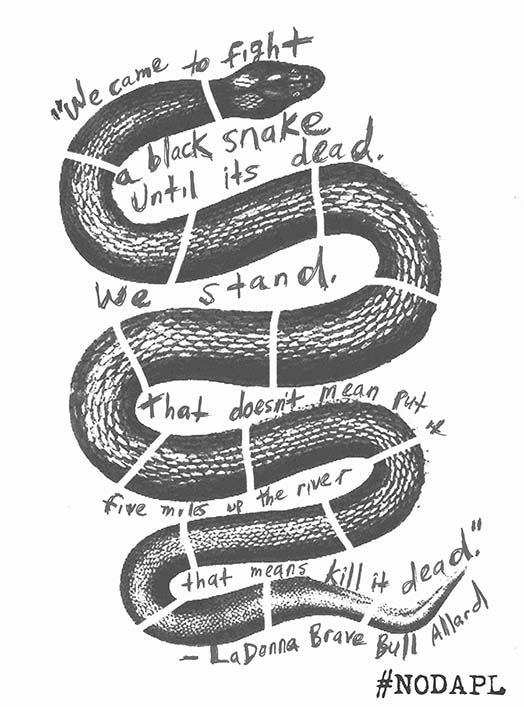

The circles graphic does a disservice to its purpose by displaying scalar quantities (numbers) in 2-dimensional form. Since the area of a circle goes like r^2, you are actually only visualizing the square root of the difference in debt. The actual numbers are much more skewed, and should be viewed on a scale that reflects this.